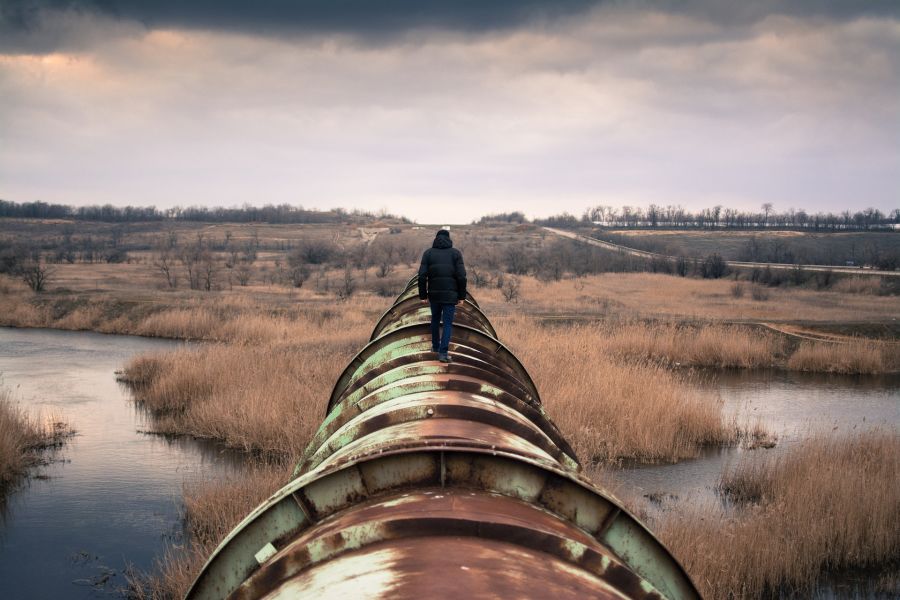An explosion last week at a British Petroleum (BP) oil and gas refinery in Texas killed fifteen workers and injured seventy others, five critically. As usual, myopic media accounts blamed BP and its allegedly unsafe work conditions – and called for more intense government regulation and fines. Not even BP was willing to assign proper blame for the accident. According to one media account:
[The deadly explosion] has increased scrutiny of the safety record at BP PLC, which has been dogged by a spate of accidents . . . The British oil giant said the cause of the blast was still unknown . . . It will start an internal investigation and will cooperate with outside investigators, including U.S. workplace safety regulators. . . . The incident could lead to increased regulatory scrutiny for BP . . . The company may also face hefty liabilities in any civil suit brought by the victims, family members of dead workers or businesses affected by the blast.
Why is this account myopic? It focuses on penultimate causes and ignores the ultimate cause. It is equivalent to those outrageous PBS-style documentaries which appeared after September 11th – the ones that claimed the World Trade Center towers fell due to faulty construction and safety features.
The alleged “solution” to the Texas blast, according to industry critics, is still more regulation, even though regulation was the ultimate cause of the accident (and many others that have occurred in the industry). Fact: not a single new oil and gas refinery has been built in the U.S. since 1976; the last one built was in Garyville, Louisiana that year. Worse, today there are 54% fewer oil and gas refineries in the U.S. (149) than there were in 1981 (321). Why? Not only have environmentalists lobbied government to block new refinery construction; they’ve also lobbied to have refineries decommissioned. Moreover, environmental regulations have materially raised the cost of operating refineries, making many of them unprofitable. It has been estimated that today it would take seven years, 800 permits and $2.5 billion to build a new refinery; nearly half of that cost is due entirely to the arbitrary and unnecessary costs imposed by environmentalists and their obstructionism. The National Petrochemical and Refiners Association reports that environmentalist-related costs have totaled $47 billion over the past decade; that’s enough to have built 19 new refineries (even at today’s bloated cost of $2.5 billion per unit), or 13% more refineries than exist in the U.S. today.
When environmentalists and their regulatory lackeys aren’t impeding the construction of new refineries, they are, of course, also impeding the building of new transmission pipelines which efficiently move refined product to wholesalers and retailers. Environmentalists also impede the building of nuclear plants, which provide a safe energy alternative to oil and gas. As in the case of refineries, not a single new nuclear plant has been built in the U.S. since 1979, due to costs imposed by environmentalists; today there are only 95 such plants and five have been decommissioned since 1979. What about hydro-electric power? Environmentalists call for tearing down existing dams.
To their great credit, refiners have tried to offset the immense harm done by environmentalist restrictions in recent decades and have worked hard to provide consumers with oil and gas by getting the most they can out of a shrinking number of facilities. In many cases the capacity and productivity of the dwindling number of refineries have been increased; whereas in 1981 the average refinery produced 60,000 barrels of gasoline per day, today the average refinery produces 113,000 barrels per day. Yet despite this near-doubling of productivity – made possible by great feats of science and engineering – overall, 10% less gasoline today is refined per day in the U.S. (16.8 million barrels) compared to 1981 (18.6 million barrels). No wonder the price of gasoline has been rising, both in nominal and real terms. But who ever blames the environmentalists for this? Had their obstructions not been offset, in part, by oil companies, a gallon of gas today would cost $5, not $2.
How do these facts relate to accidents, deaths and injuries at refineries? A steadily-declining number of refineries, coupled with an ever-growing demand for the products of refineries, means companies must push their plants to the limit; many today operate at 95% of capacity, well above the norm for industry in general. That leaves little time for the maintenance, repair or upgrade of existing plants. This necessarily leads, in turn, to less-safe equipment and less-safe operations. Obviously, more regulation and more fines cannot possibly solve this problem. They caused it. The restraint we need today is not restraint on oil companies (let alone more restraint); that approach has been tried – and it’s been both deadly and economically costly. What we need is restraint on the destructive environmentalists and their lap-dogs at the EPA. If lawsuits are to be filed and fines imposed, let them be filed and imposed on the real enemies of production and safety: the environmentalists. And let’s see oil executives show some backbone – by identifying the real perpetrators of these accidents.
The American people need to wake up – mentally and morally – and reconcile their blatant contradictions. They are morally right to want to drive their gas-guzzling SUV’s, heat their homes and raise their living standards; but many today are dead wrong (in more ways than one, recalling last week’s deadly blast) to continue condoning, funding and applauding the obscene, inhumane and criminal environmentalists. Last week’s blast led some people to surmise that perhaps terrorism was to blame. In fact, terrorism was to blame – the terrorism inherent in environmentalism.



